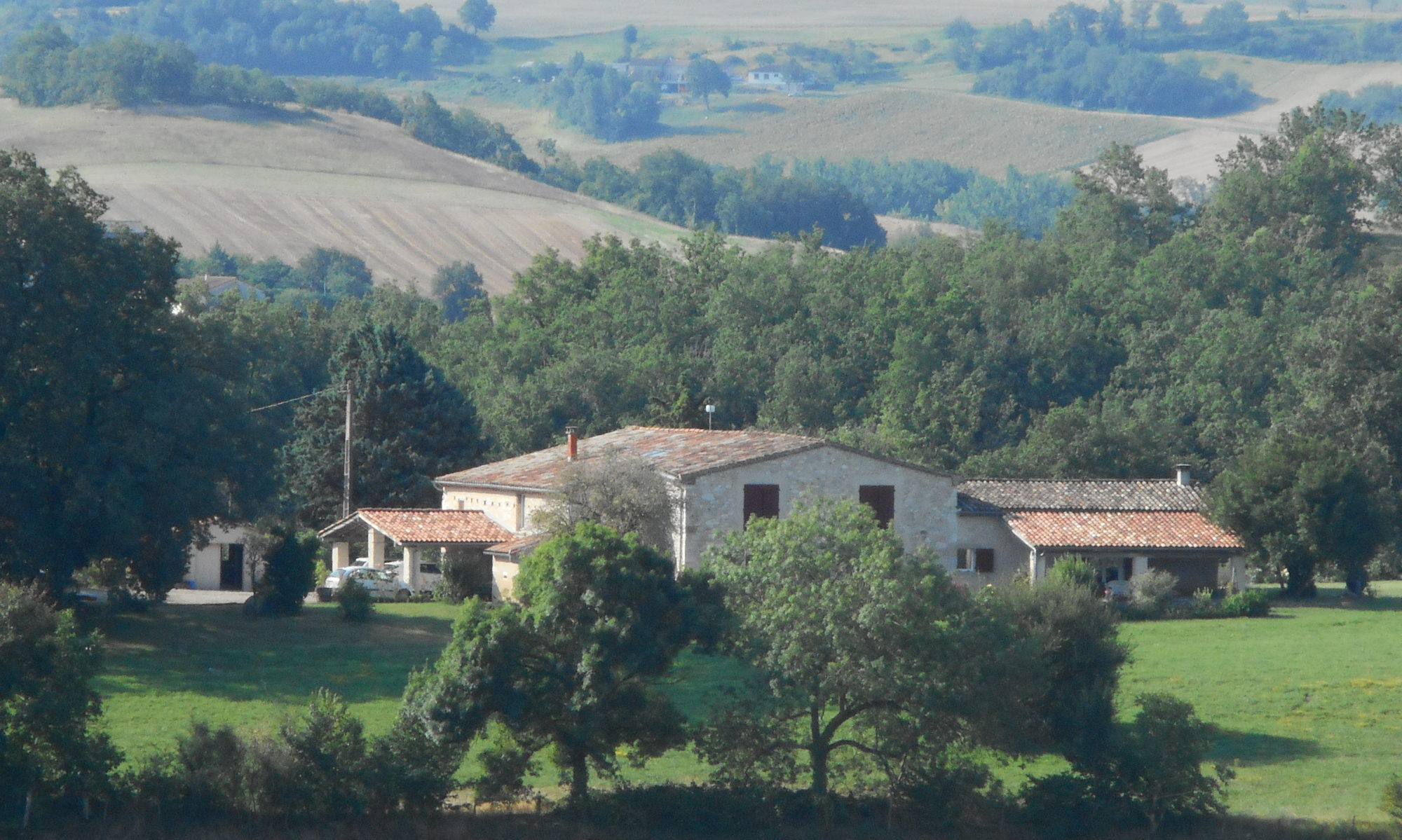Merv was known as Margiana or Margush in Alexander the Great’s time. Under the Persian Sassanians, it was considered religiously liberal, with significant populations of Christians, Buddhists and Zoroastrians cohabiting peacefully. As a centre of power, culture and civilisation, Merv reached its greatest heights during the peak of the Silk Route in the 11th and 12th centuries, when the Seljuq Turks made it their capital.
Legendary Merv may even have been the inspiration for the tales of Scheherazade’s The Thousand and One Nights.
Merv suffered a number of attacks over the course of its history, but instead of being rebuilt on top of the older ruins, Merv slowly spread west. In total, five cities were constructed next to each other, largely because of the shifting rivers. The oldest section was the Erk Kala and in later centuries most people lived in the vast walled city called Sultan Kala once noted as the largest city in the world.
All of this was completely eradicated in 1221 under the onslaught of the Mongols. In 1218 Genghis Khan demanded a substantial tithe of grain from Merv, along with the pick of the city’s most beautiful young women. The unwise Seljuq response was to slay the tax collectors. In retribution Tolui, the most brutal of Genghis Khan’s sons, arrived three years later at the head of an army, accepted the peaceful surrender of the terrified citizens, and then proceeded to butcher every last one of the city’s inhabitants, an estimated 300, 000 people although this was the low estimate and it could have been closer to 1,000,000. What is know is each Mongol soldier was tasked with killing several hundred people the only people spared were around 400 artisans
Merv made a small comeback in the 15th century and was soon at the centre of a territorial dispute between the rulers of Bukhara, Khiva and Persia. Persian influence eventually won out when a noble named Bairam Ali rebuilt the dam, which allowed the irrigated region to prosper and encouraged free trade. The Emir of Bukhara struck back with military force, captured the city, and utterly destroyed it in 1795.
So as you see little is left of the place apart from some ruined mud buildings and a very large circular mound.


Who can resist a heard of camels




One rather interesting if a little odd anecdote was that as we were wandering around a car pulled up and the passenger started randomly distributing bread to us.
of Iran.




